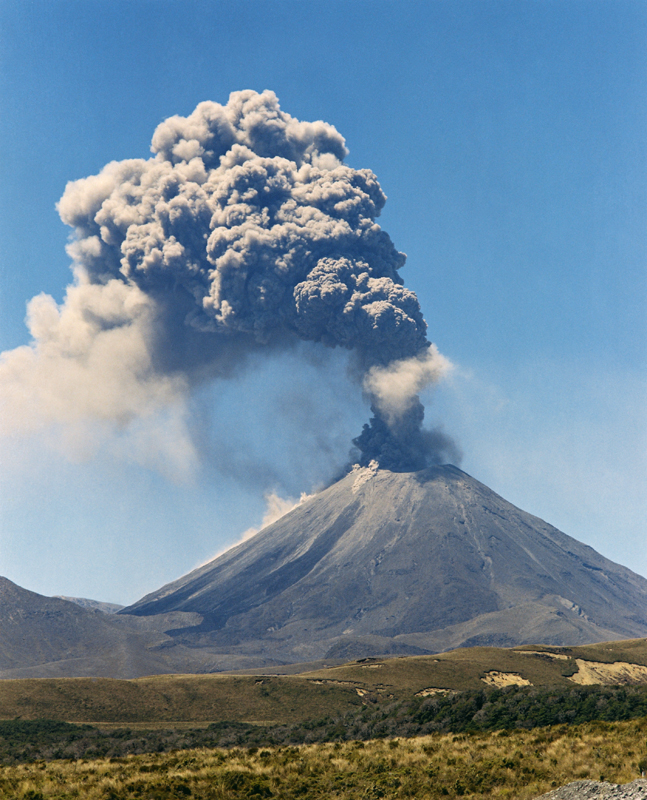

Magma generation beneath Iceland is already increasing due to a warming climate and melting glaciers. The changes can also affect where and how magma is stored in the crust, and can make it easier for magma to reach the surface. This can lead to more molten rock, or "magma," being produced in the mantle-which can feed more eruptions. Eruptions were also smaller when ice cover was thicker.īut why is this the case? Well, as glaciers and ice sheets melt, pressure is taken off Earth's surface and there are changes in the forces (stress) acting on rocks within the crust and upper mantle. The average eruption rates were found to be up to 100 times higher after the end of the last glacial period, compared to the earlier colder glacial period. Research on Iceland's volcanic systems has identified a heightened period of activity related to the large-scale ice melt at the end of the last ice age. There's a long-established link between the large-scale melting of ice in active volcanic regions and increased eruptions. Yet we don't fully understand the impact a warming climate could have on volcanic activity.įirst, let's take a look at volcanic regions covered in ice.

Apart from this, it also has the potential to increase volcanic activity, affect the size of eruptions, and alter the " cooling effect" that follows volcanic eruptions.Īny of these scenarios could have far-reaching consequences. It's hard to say how long it will continue, although an eruption in the same area last year lasted about six months.Ĭlimate change is causing the widespread warming of our land, oceans and atmosphere.

It's in a seismically active (uninhabited) area, and came after several days of earthquake activity close to Earth's surface.


 0 kommentar(er)
0 kommentar(er)
